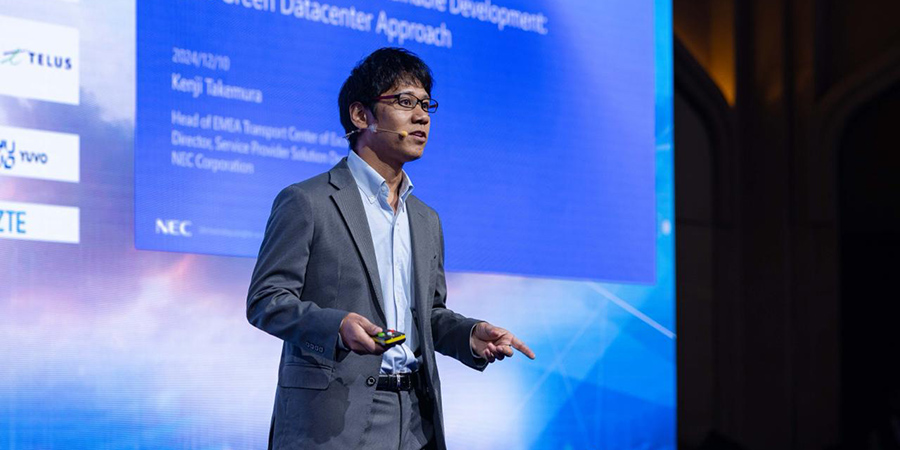As 2025 commences, the world of enterprise computing is poised for a major transformation, especially in the Asia Pacific.
Featured Articles
Responsible AI Driving 2040 Revenue in APAC Telcos
ExpiredThe Asia Pacific (APAC) telecommunications industry stands on the brink of transformation, with responsible artificial intelligence (RAI) emerging as a game-changer for unlocking new revenue streams and driving long-term growth.
DoT's Key Strides in Shaping India's Telecom Future
ExpiredIn 2024, the Department of Telecommunications (DoT) continues to lead the transformation of India's telecom sector, making substantial strides in infrastructure development, policy reforms, and the expansion of high-speed internet services.
NEC: Harmonizing AI and Sustainable Development
ExpiredIn a keynote address delivered by NEC during the 18th edition of the Telecom Review Leaders’ Summit, held from 10-11th December in Dubai, United Arab Emirates, Kenji Takemura, Head of EMEA Transport Center of Excellence (CoE) and Director, Service Provider Solution Department, outlined the company’s commitment to leveraging AI technologies to advance sustainable development and redefine global connectivity.
The Rise of SaaS-Based Cybersecurity Solutions in the Asia Pacific
ExpiredAs cyber threats become more sophisticated, the Asia Pacific (APAC), with its expanding digital footprint, finds itself at the center of an evolving cybersecurity challenge. The rapid adoption of digital technologies, coupled with the rise in cybercrime activities, underscores the growing demand for robust security solutions. In this landscape, Software-as-a-Service (SaaS)-based cybersecurity solutions have emerged as a key enabler for businesses, offering scalable, cost-effective, and advanced protection mechanisms.
TRS-24 Panel: The world's first 5G-A region sets sail for the Mobile AI Era
ExpiredThe TRS-24 panel, titled ‘World First 5G-A Region Sets Sail,’ began with an opening speech by Toni Eid, Founder of Telecom Review Group, and CEO of Trace Media International, who highlighted the transformative role of 5G-Advanced (5G-A) within the 5G ecosystem.
2024 in Review: Telecom and ICT’s Radical, Rapid, Resilient Odyssey
ExpiredJust when industry experts thought technological evolution couldn’t get any more radical, persistent, and capricious, 2024 delivered a year that encompassed it all; from volatile challenges and new opportunities to enhanced collaborative arenas and surprising breakthroughs.
Telecom Review Excellence Awards 2024: Meet the Winners
ExpiredAs a wrap-up to the 18th edition of the Telecom Review Leaders’ Summit, Telecom Review Group organized its Excellence Awards ceremony to recognize exceptional global and regional companies, along with industry leaders, for their innovative initiatives and influential contributions throughout 2024.
The Philippines' Broadband Shift: Fiber and 5G FWA Reshape Connectivity
ExpiredThe Philippines, an archipelagic nation, has long grappled with the complexities of delivering reliable broadband services to its diverse and remote areas.
Malaysia’s Push for Rural Connectivity
ExpiredThe advent of the digital age has brought the world closer, but for many rural communities in Malaysia, the promise of seamless connectivity remains elusive. As urban areas enjoy the benefits of high-speed internet, rural communities are grappling with limited access, creating a stark digital divide.














